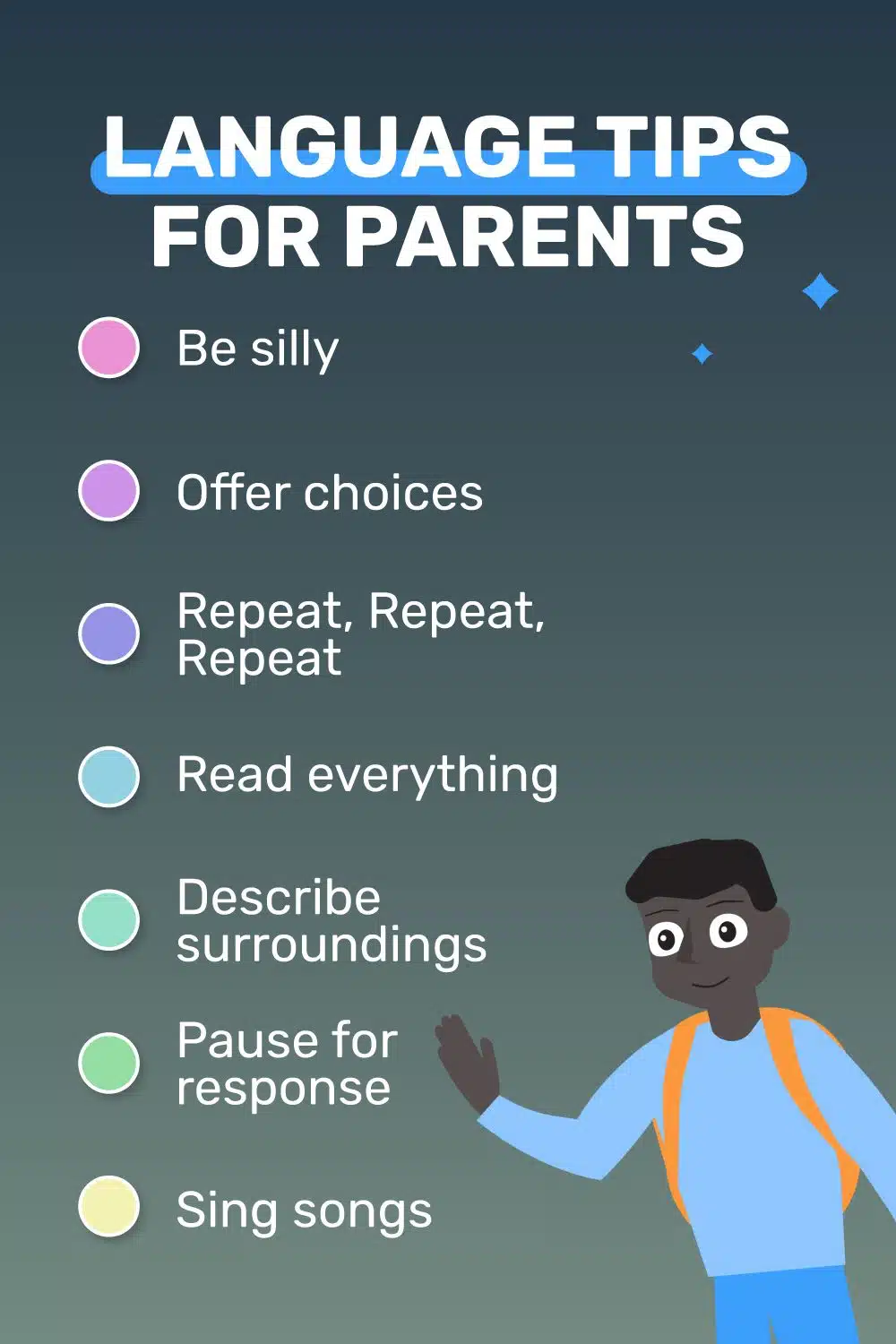Meet Susie, a curious and imaginative girl who loves exploring the world of words. Let’s dive into a story that showcases how semantics, the study of meaning in language, comes to life in Susie’s adventures:
- Word Magic: One day, Susie stumbled upon an old book filled with magical words. As she read aloud, the words transformed into vivid images, transporting her to exciting places like a mystical forest or a bustling city.
- Sentence Puzzle: Susie’s teacher gave her a sentence puzzle to solve. By understanding the semantics, she rearranged the words like puzzle pieces to create a clear and meaningful sentence that made everyone smile.
- Word Connections: Susie played a word association game with her friends. They took turns finding connections between words, like linking “sun” with “day” or “rain” with “umbrella,” exploring the semantic relationships that made language so fascinating.
- Story Ambiguity: During bedtime, Susie’s dad read her a story with a twist. The cleverly ambiguous words left Susie wondering and interpreting the story in her unique way, sparking her imagination.
In Susie’s world, semantics unlocked the magic of words, enabling her to create, connect, and imagine. Through playful exploration, she discovered the power of understanding how language brings meaning to our lives.














